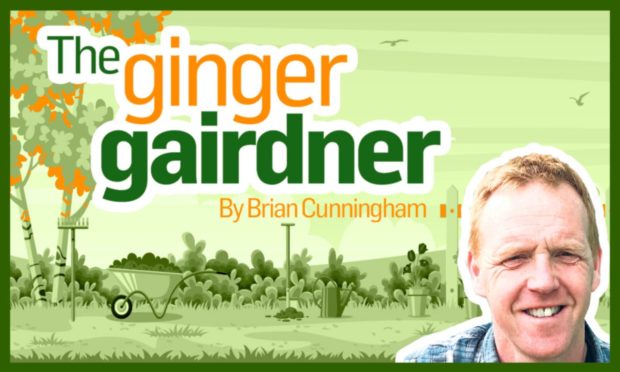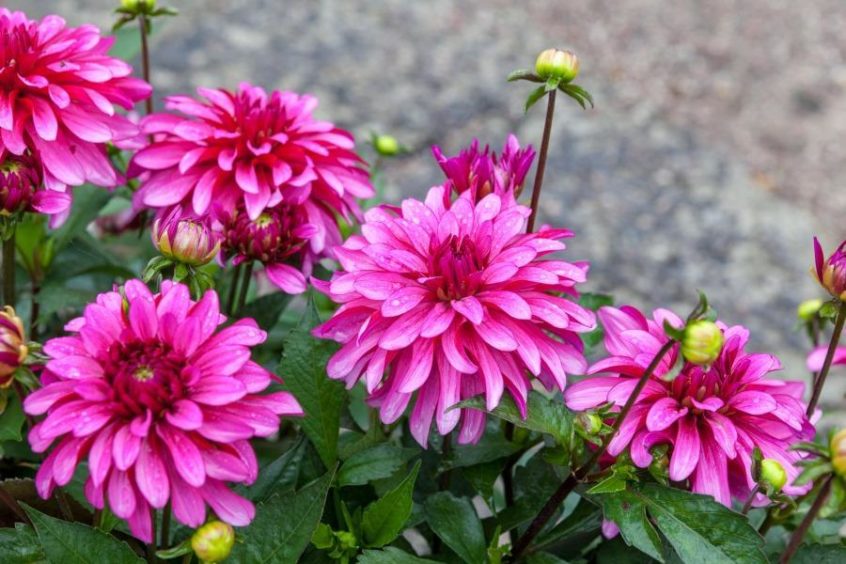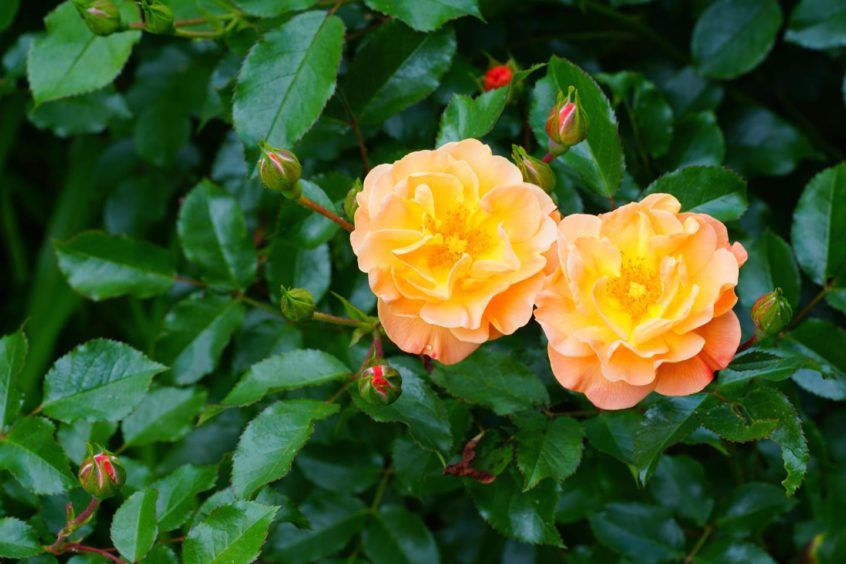Normally at this point in September I’d be looking back over the season and to all the gardening shows I had enjoyed. For obvious reasons, sadly, not this year.
Being head gardener at one of Scotland’s major events venues and seeing first-hand the challenges faced, I’m full of sympathy for our events manageress and all those in similar positions at sites around the country, who have been attempting to run attractions for us.
All those hours put into advanced planning, not even sure if the event will be to run at all due to restrictions.
Gardening shows
Onwards and upwards – let’s hope that once again we’ll be able to return to garden shows again next year to take in floral displays, tables of show vegetables and stalls of nurseries full of plants just desperately looking for a new home.
Flower shows have been the staple of the gardening calendar since Victorian times. In the early 1800’s they started out as a new way for plant nurseries and market gardens to sell their plants.
The latest plant introductions would first be seen by thousands of visitors as part of attractive displays, of which the best would win medals and prize money.
Waning popularity
These shows were also the chance for growers of the likes of Dahlias, Chrysanthemums and vegetables to display their talents in a similar fashion, attracting entrants from all around the country during the heyday of shows after the Second World War.
It is sad that the popularity of the smaller spring, summer and autumn local shows in our church and town halls has been diminishing over the years.
I guess I have to hold my hands up as partly to blame, because despite gardening being such a large part of my life, ‘showing’ is something I’ve never really been drawn to.
Friendly fun
Maybe that needs to change as after all, just like the best kept garden competitions I was talking about the other week, it’s just a bit of friendly fun.
I like to grow Dahlias and herbaceous plants in my garden so I don’t see why I couldn’t pick a few stems and enter them into one of the categories next year.
Of course, as young Calum Clunie has shown us on Beechgrove this year, ‘showing’ is a horticultural skill in its own right, if you really want to give it a go.
Tom Cleghorn
I do fancy learning a bit more about this and thankfully I’ve been given a gift from an old friend, which could help me get started.
In his booklet called Growing for Showing, experienced show-er and breeder of Dahlias Tom Cleghorn gives us the benefit of his experience, with expert hints and tips on how to take part.
To start with, vases of cut flowers are separated into specific groups such as sweet peas, carnations, Chrysanthemums, Dahlias, Gladiola and roses with general groups of annuals and herbaceous. I’m pretty certain we all have at least one of these classes growing in our gardens.
How to plant
The vases to be exhibited are defined in the show schedule. With annuals this could be a vase of mixed or more specific five blooms of the likes of African Marigolds.
Tom gives us some great detail on his methods of how he grows sweet peas, Chrysanths and Dahlias in his garden to get the best blooms for the show bench.
I normally start my Dahlias off in my unheated glasshouse in April growing them on until planting out in early June, once the risk of frosts has passed.
Getting the best blooms
However next year, thanks to Tom’s advice, I shall just be planting them straight out into the garden, just a few inches deeper than I normally would.
Underground the roots will be growing fine but by the time the shoots come through then the risk of frosts will have past.
I would usually just let the plants flower away to their hearts’ content, but the trick for getting bigger, show-bench blooms is to remove the two wing buds on the group of three that are produced, leaving the one main bud for the plant to concentrate its energies on, to give us a cracking flower. A great tip!
Arranging the flowers
Tom’s booklet also gives us detail on how to best arrange our vases of flowers at the show, and how to present vegetables on special display boards for showing these. He also goes into great detail about each kind of vegetable.
I’ll need to be careful though, and make sure I’m entering into the right category for flower size, as the judges will be going round with special rings to ensure I’m not trying to gain any advantage over rival competitors.
I bet you there has been some controversy over the years at these shows! At the end of the day, it’s all a bit of good natured fun with Tom’s booklet. It is available from his Westport shop in Cupar, Fife and it goes into detail on a wide variety of subjects.
I tell you what, armed with this information I might just give Calum on Beechgrove a run for his money next year!












